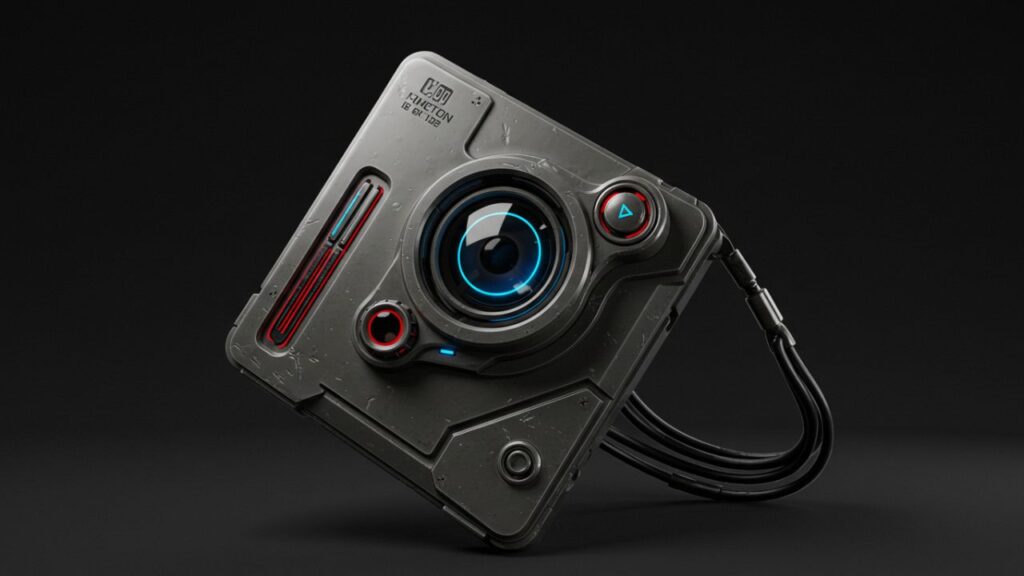Introduction
If you’re a League of Legends player, you’ve probably experienced lag at the worst possible time — maybe in a crucial team fight or while trying to secure an objective. Understanding how to improve LoL ping can be the difference between victory and defeat. This guide will walk you through practical methods to reduce ping and ensure smoother gameplay in League of Legends, whether you’re a casual player or climbing the ranked ladder.
What is Ping in League of Legends?
Before diving into solutions, it’s important to understand what ping is. Ping refers to the time (in milliseconds) it takes for your device to communicate with the game server. A lower ping means faster response times, while high ping causes delays between your actions and their outcomes in-game.
Typical ping values:
-
0–50 ms: Excellent (no noticeable lag)
-
50–100 ms: Playable but not ideal
-
100–200 ms: Noticeable delay
-
200+ ms: Unplayable in competitive matches
Why Does Ping Matter in League of Legends?
League of Legends is a fast-paced multiplayer game that demands quick reaction times. High ping can affect:
-
Skill shot accuracy
-
Timing of abilities
-
Last hitting minions
-
Dodging enemy skills
-
Overall gameplay performance
That’s why so many players search how to improve LoL ping—it can make or break your in-game experience.
How to Check Your Ping in LoL
You can check your ping directly in-game by:
-
Pressing Ctrl + F to display FPS and ping in the top-right corner.
-
Or viewing it in the Settings > Hotkeys > Display menu.
Monitoring your ping during matches helps identify when problems occur and track improvements as you apply changes.
12 Effective Ways: How to Improve LoL Ping
Let’s explore the most effective methods you can use today to reduce lag and improve your ping.
1. Use a Wired Ethernet Connection
Wi-Fi is convenient but often unstable. A wired Ethernet connection provides more consistent and lower latency, which is crucial for online gaming. If you’re asking how to improve LoL ping, this is your #1 move.
2. Close Background Applications
Programs like YouTube, Netflix, or downloads in the background consume bandwidth and CPU resources. Close unnecessary apps or pause updates to free up resources for League of Legends.
3. Optimize In-Game Settings
Lowering graphics settings won’t directly affect ping, but smoother FPS (frames per second) helps reduce perceived lag. Keep your settings balanced for optimal performance.
4. Update Network Drivers
Outdated or corrupted network drivers can interfere with internet stability. Use Device Manager or software from your motherboard manufacturer to update drivers regularly.
5. Change Your DNS Settings
Sometimes your default DNS provided by your ISP can be slow. Switching to a faster DNS server like Google DNS (8.8.8.8, 8.8.4.4) or Cloudflare DNS (1.1.1.1) may reduce ping and improve browsing/game response.
6. Use a Gaming VPN or Network Optimizer
Some gaming VPNs and tools (e.g., WTFast, ExitLag, or NoPing) offer routing optimization. These services create faster connections to game servers and are a go-to solution for players wondering how to improve LoL ping across regions.
7. Switch to the Nearest Game Server
Check that you are playing on the closest LoL server (e.g., NA, EUW, SEA). Playing on a foreign server increases latency. Riot Games assigns your server by region, but using a VPN or traveling can change this.
8. Disable Windows Auto-Updates & Background Services
Windows Update can start downloading updates without warning, spiking your ping mid-game. Set active hours or disable automatic updates during gaming sessions.
9. Limit Connected Devices on Your Network
Smartphones, TVs, tablets, and other PCs can hog bandwidth. Ask others in your household to limit usage or use Quality of Service (QoS) settings on your router to prioritize gaming traffic.
10. Reset or Reboot Your Router
Old routers may have memory leaks or bugs that degrade performance. Reboot your router once a week, and consider upgrading if it’s more than 4–5 years old.
11. Check for ISP Throttling or Outages
Some ISPs throttle gaming traffic or experience routing issues. Contact your ISP if your ping remains high despite trying everything else.
12. Use Task Manager to Disable High Latency Processes
Press Ctrl + Shift + Esc and go to the Performance tab. If CPU or Network usage is high from unrelated apps (e.g., browsers, torrent clients), end those tasks before launching League of Legends.
Advanced Tips for Competitive Players
If you’re serious about ranked play and still asking how to improve LoL ping, here are a few advanced options:
-
Buy a Gaming Router: Prioritizes gaming traffic and offers better connection stability.
-
Adjust MTU Settings: Optimizing MTU size in your router settings may reduce latency in some cases.
-
Use ExitLag Profiles: If using ExitLag or similar software, customize routing profiles to test different paths to Riot servers.
How to Improve LoL Ping on Mac?
While many tips above are Windows-focused, Mac users can also:
-
Close background apps via Activity Monitor
-
Use Ethernet over Wi-Fi
-
Change DNS in System Preferences > Network
-
Disable automatic updates from the App Store
Signs You’ve Successfully Improved Ping
Here’s how to know your efforts worked:
-
Ping remains stable during team fights
-
Reduced lag spikes or disconnects
-
Improved reaction time and smoother gameplay
-
Higher win rate (if all else stays constant!)
Use a consistent method (like Ctrl + F or third-party monitoring tools) to track changes before and after making adjustments.
Final Thoughts on How to Improve LoL Ping
Understanding how to improve LoL ping involves both quick fixes and deeper system optimizations. While some changes like using a wired connection or closing apps are easy, others like switching servers or using a VPN require more effort.
The good news is that most players can reduce ping significantly with just a few of these steps. Keep testing, stay consistent, and you’ll enjoy a faster, smoother, and more competitive League of Legends experience.






